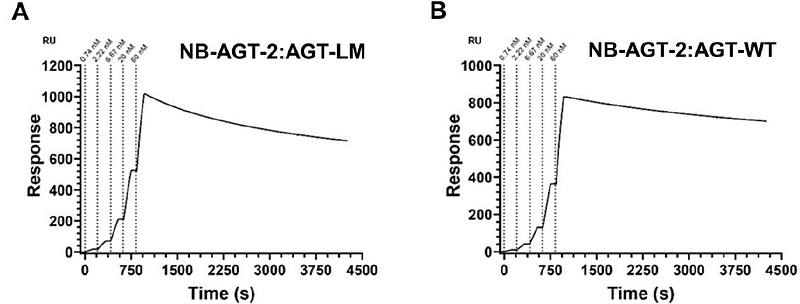Nanobodies as therapies for loss-of-function misfolding diseases.

Nanobodies as therapies for loss-of-function misfolding diseases.
Mulas, A. G.; Dindo, M.; Pacheco, J. L.; Grotelli, S.; Cano, M.; Vankova, P.; Loginov, D.; Salido, E.; Man, P.; Conejero-Lara, F.; Cellini, B.; Pey, A. l.
AbstractMisfolding diseases that result in loss of function represent a considerable burden for both individuals and society. Primary hyperoxaluria type 1 (PH1) is a rare genetic disorder caused by mutations in the alanine:glyoxylate aminotransferase 1 (AGT) enzyme. The underlying molecular mechanisms causing PH1 are associated with protein misfolding (enhanced aggregation and mitochondrial mistargeting). The main therapeutic approach to increase patients\' lifespan and quality of life is a double kidney and liver transplantation. Alternative treatments such as gene and enzyme replacement and pharmacological chaperones are currently being introduced, but other alternatives are necessary. In this work, we developed and characterized a novel biotechnological approach using six single-domain nanobodies (NB-AGT-1 to -6) as potential therapeutics for PH1 misfolding. We show that NB-AGTs are very stable proteins and bind to pathogenic and non-pathogenic variants of AGT with extreme affinities (with Kd values from low nM to low pM). Structural studies showed that NB-AGTs bind to different epitopes of AGT with selectivity for different AGT variants. Experiments in cellular PH1 models showed that internalization of engineered NB-AGT-3 enhanced the specific activity of disease-associated variants. Overall, we show that NBs are a novel and promising approach to treat PH1 and other loss-of-function misfolding diseases.